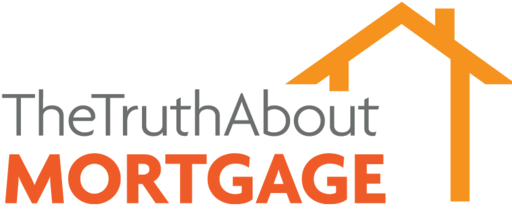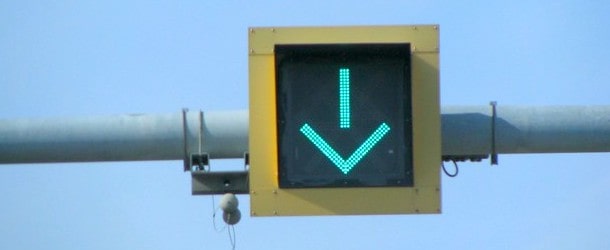The nation’s top mortgage lender has launched a new borrower-paid temporary buydown to drum up refinance business.
It appears they’re doing so at a time when refinance volume is pretty light, thanks to sticky-high mortgage rates.
At last glance, the 30-year fixed was back around 6.875%, not too far from 7%.
Clearly this has made it difficult for a refinance to pencil. But UWM can make those prospective refis look a lot more appetizing if the monthly payment is lower.
Thing is, it’s you the borrower who is paying the difference, so it’s more about shuffling than saving.
Is a Borrower-Paid 2-1 Buydown Actually a Good Deal?
| Year | Mortgage Rate | Payment | Monthly Savings | Annual Savings |
| 1 | 4.75% | $2,086.59 | $507.80 | $6,093.60 |
| 2 | 5.75% | $2,334.29 | $260.10 | $3,121.20 |
| 3 | 6.75% | $2,594.39 | n/a | n/a |
Now I don’t blame UWM for trying, but you have to wonder if this new offer is actually a good deal.
To fund the borrower-paid buydown, loan applicants tap into their available home equity to cover the difference.
For example, imagine a $400,000 30-year fixed at 6.75%, that is bought down to 4.75% in year one and 5.75% in year two.
That would result in a monthly payment of $2,086.59 in year one and $2,334.29 in year two, then to the standard $2,594.39 payment in years 3-30.
The monthly savings would be $507.80 for the first 12 months, and $260.10 for the next 12 months.
In total, you’d save $6,093.60 in year one $3,121.20 in year two, or $9,214.80 combined.
It looks nice on paper, but where are the savings coming from? The lender isn’t paying for this temporary buydown, nor is a home seller or home builder.
That’s usually how it works. Someone else picks up the tab to cover this cost so you actually save some money and perhaps seal the deal on a home purchase. But this is a refinance.
You Pay for the Temporary Buydown with Your Own Home Equity
In this case, it is apparently your available home equity that funds the temporary buydown account.
So if the cost is $9,214.80, that means the loan amount will be increased by that total to cover the costs upfront.
Then each month during the temp buydown period, a portion of those funds will be sent to the mortgage loan servicer to cover the difference between the full monthly payment and bought-down payment.
After 24 months, you’ll be back to paying the full monthly payment at 6.75%, which would be $2,594.39 in my example.
The idea here is that you have a lower payment each month for two full years, which provides some more liquidity and increased cash flow.
I get that and some folks might want or need that. It’s just that it comes from your own pocket.
This means you have to determine if the refinance makes sense without the buydown. You’ve got to look at what your current rate is and what the refinance rate is, sans the buydown.
And also your cash needs for the next two years. Do you need that lower payment? Perhaps you do.
Let’s not forget closing costs either, assuming this loan is expected to be short-lived and only held during the buydown period until you perhaps refinance again, ideally when rates are lower.
It is an interesting strategy to make refinancing the mortgage look more attractive, especially when rates remain prohibitively high.
But you’ve got to do the math on this one to ensure it’s in your best interest, literally.
The semi-good news is temporary buydown funds are refundable, in that they’re typically applied to the outstanding loan balance if and when the loan is prepaid.
So if mortgage rates happen to improve significantly, you can refinance again without leaving money on the table.
This isn’t the case with a permanent buydown using discount points, which are paid upfront and non-refundable.
- Redfin’s 2026 Mortgage Rate Prediction Just Dropped - December 2, 2025
- 2026 Conforming Loan Limit Climbs to $832,750 - December 1, 2025
- Fairway Home Mortgage Launches Credit Card That Rewards You for Making On-Time Mortgage Payments - November 22, 2025

